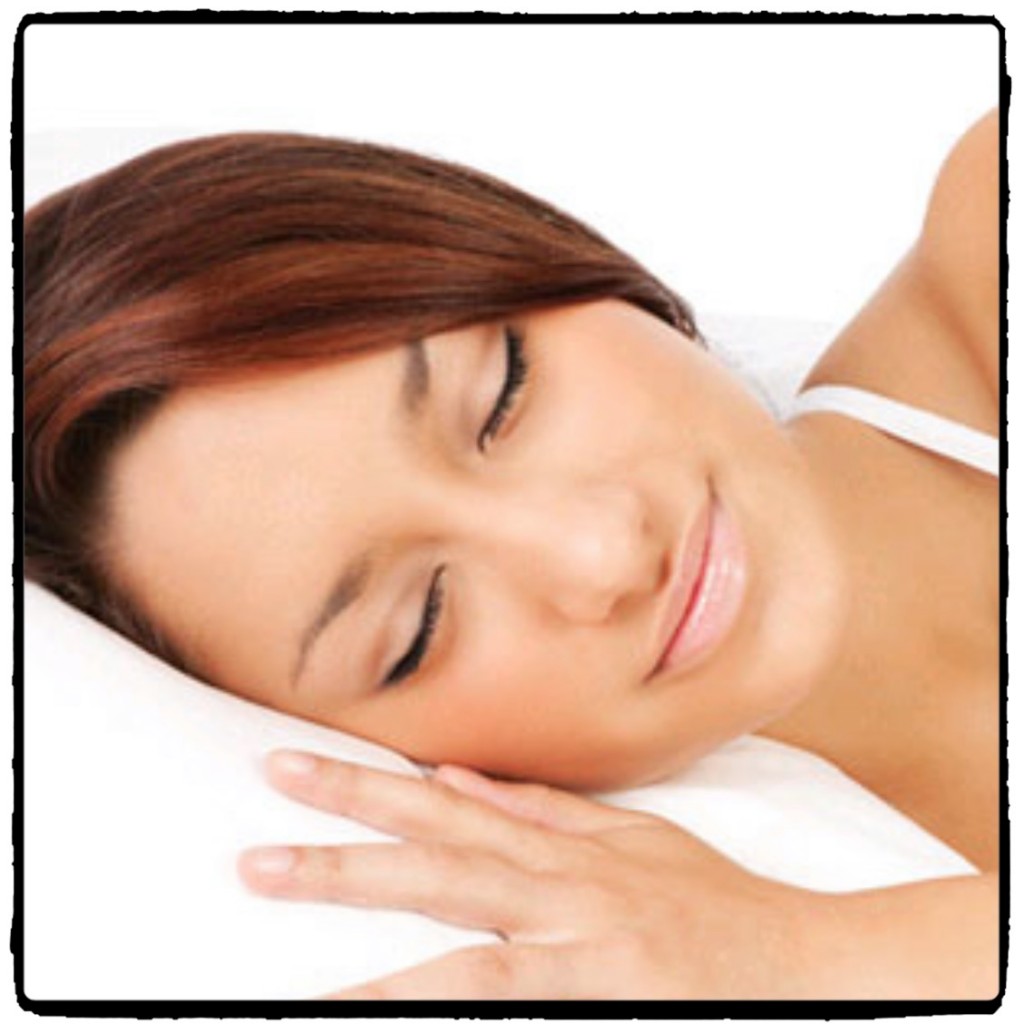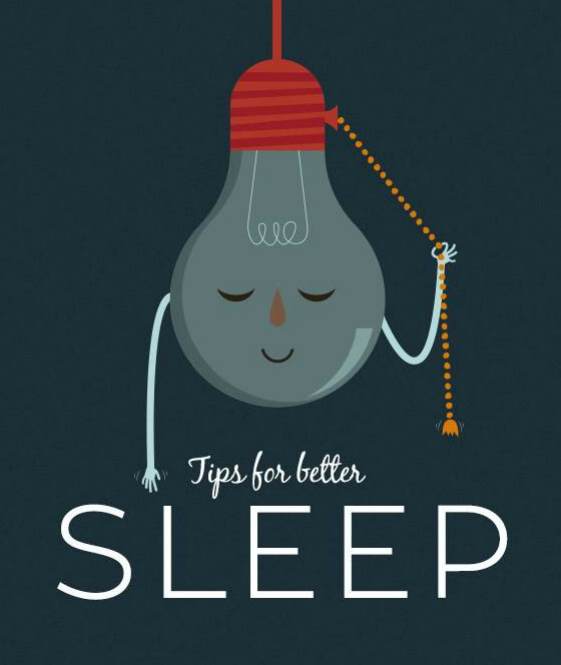 In some of our previous articles, including Managing Stress for Better Sleep, and 5 Tips for a Better Night’s Sleep, we offered up practical ideas and strategies on how to consistently get better sleep. In this series of articles, we’d like to dive a little deeper and talk about how to realistically and effectively integrate a handful of better sleep habits into our daily routine.
In some of our previous articles, including Managing Stress for Better Sleep, and 5 Tips for a Better Night’s Sleep, we offered up practical ideas and strategies on how to consistently get better sleep. In this series of articles, we’d like to dive a little deeper and talk about how to realistically and effectively integrate a handful of better sleep habits into our daily routine.
We understand that everyone is busy, and many of us are overwhelmed, so adding more things to your routine may seem daunting, if not impossible. But if you follow our advice, you won’t have to add a thing. Instead you’ll be replacing some old habits with a few new habits that promote better sleep.
Out with the Old, in with the New
It’s been scientifically proven that in order to change a habit, you’ve got to give up the old habit and replace it with a new, healthier habit. Deciding on what habits are most critical to replace is something that only you can decide, but here’s one that most people struggle with …
Light Stimulation
This comes in many forms, from our mobile devices, to our computers, TVs and of course the lights in our home. There are also forms of “deceptive” light stimulation that can inhibit a good night’s sleep. This usually comes in the form of light filtering through blinds or thin curtains, as well as night lights or even our alarm clock.
The solution is simple, especially if we implement it in stages — have the light in your home (or hotel room if you’re traveling) replicate what’s happening in the natural world. In other words, if it’s dark outside, it should be dark — or darker — inside.
This can occur in stages, starting around dinnertime and completing at bedtime:
- At dusk, lower the light sources within the home.
- Stop watching TV and using electronic devices about an hour before bed. While you’re watching TV close to bedtime, turn the lights off, and use night mode on your electronic device if it’s an available option. For your computers you can try Flux, a free app that you can load onto your Mac or PC that lowers your screen brightness automatically to help induce sleepiness.
- Get in the habit of reading a good book an hour before you plan to go to bed. Make sure there’s enough light to read comfortably, but doesn’t replicate daytime “wattage.” This helps your eyes and brain disengage from the unnatural light of your devices, readying your for sleep.
- Remove nightlights in your bedroom and get yourself some drapes that block out light. We recently put up curtains with a light-blocking layer and it’s incredible how much darker our bedroom has become.
The reason darkness is so important is because it is directly connected to your melatonin levels and biological clock — which expects your surroundings to be light in the day and dark in the night.
Our advice is to make these changes one at a time. It’s less intimidating, and much easier to do it in baby steps. If you do, you’ll be taking great strides in getting in sync with your biological clock and experiencing better sleep more consistently.
From all of us at Natural Comfort Pillow, we wish you a good night’s sleep!











